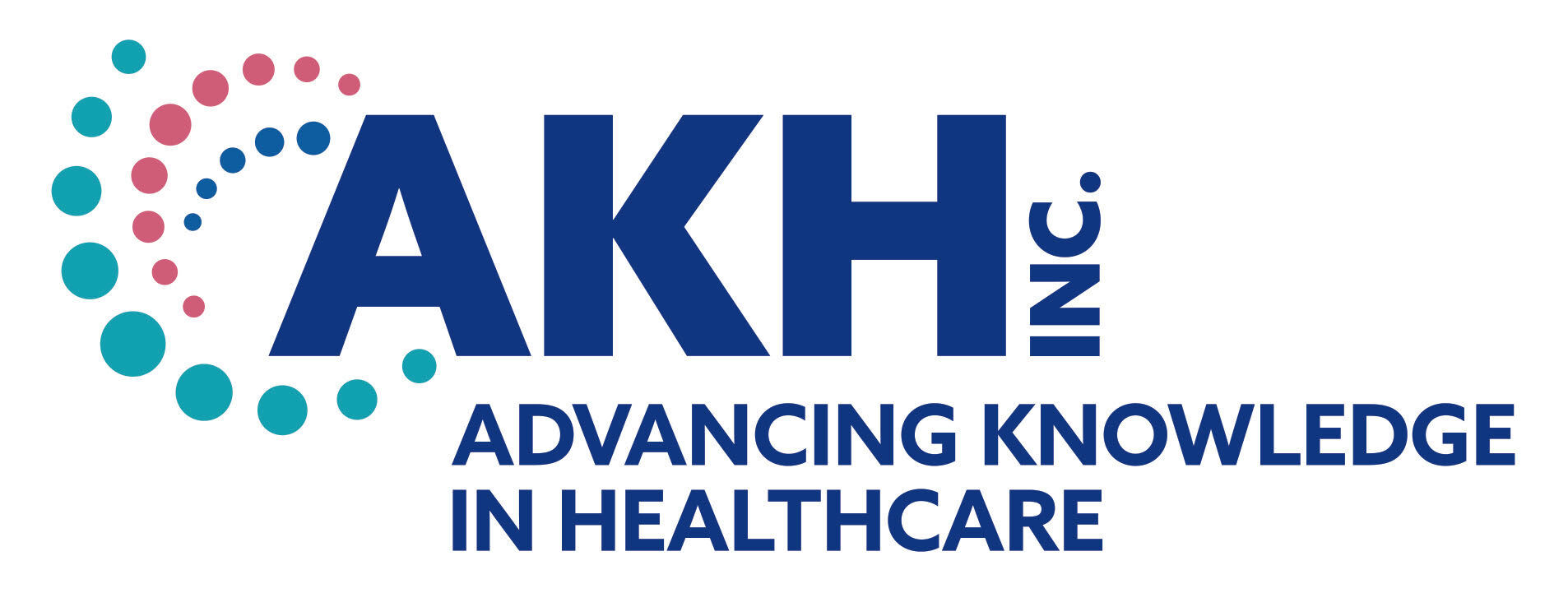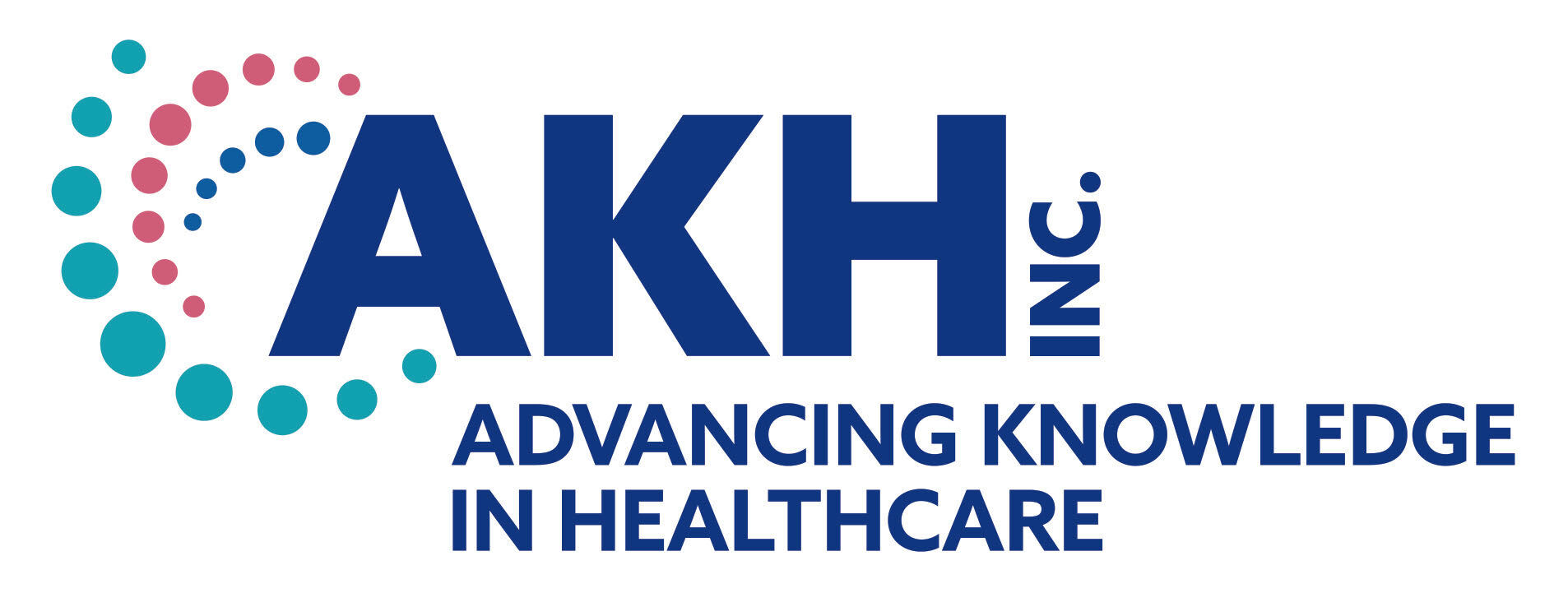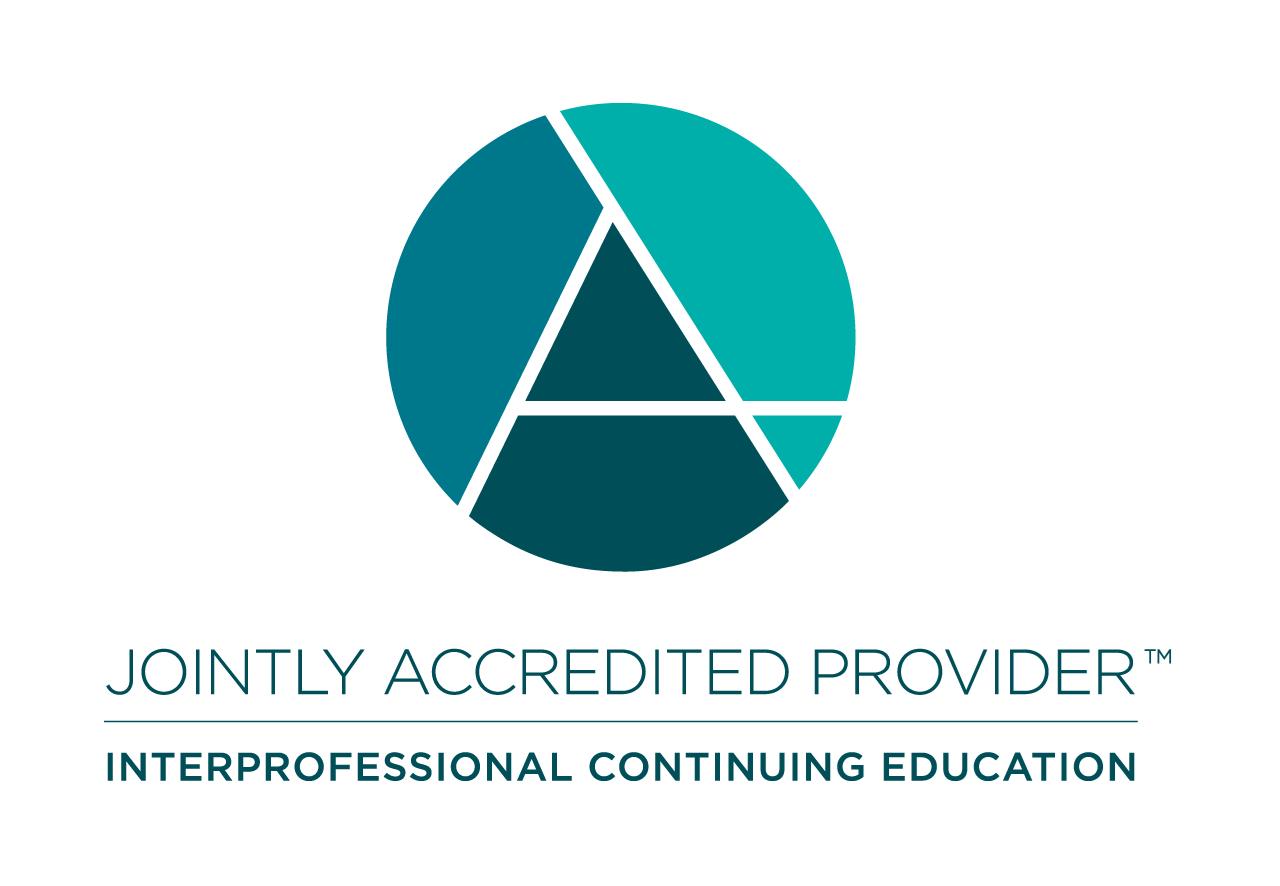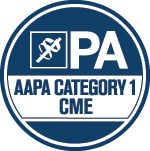
DEA MATE - Activity 1 - Clinical Updates on Substance Use Disorder
- Registration Closed
Overview
Release date: 6/1/2023
Reviewed and renewed: 6/1/2024
Expiration date: 6/1/2025
Activity 1 of the ACMT DEA MATE Act Substance Use Disorder Educational package consists of three separate lectures that were featured at the 2022 and 2023 ACMT Annual Scientific Meetings. All three focus on clinical updates in the treatment of substance use disorder. Check the course syllabus for more info.

Continuing Education credit for this activity is provided by AKH Inc., Advancing Knowledge in Healthcare. For more info, click here.
CE: 2.75
Length of Activity: ~ 3 hours
Target Audience
All Drug Enforcement Administration (DEA)-registered practitioners who treat patients with opioid or other substance use disorders, including physicians, nurse practitioners, physician assistants, and dentists.This requirement applies to new or renewing DEA registrants.
Learner Objectives
- Discuss xylazine as an adulterant in drugs of abuse.
- Describe the pathophysiology of xylazine withdrawal and its management.
- Recognize the impact of opioid tolerance on achieving adequate analgesia and how MAT for OUD modify opioid requirements.
- List 3 strategies for the treatment of pain for patients taking buprenorphine including different dosing strategies for buprenorphine.
- Describe the potential aspects of fentanyl pharmacology contributing to altered responses to buprenorphine initiation.
Commercial Support
There is no commercial support for this activity.
Disclosure of Unlabeled Use and Investigational Product
This educational activity may include discussion of uses of agents that are investigational and/or unapproved by the FDA. Please refer to the official prescribing information for each product for discussion of approved indications, contraindications, and warnings.
Disclaimer
This course is designed solely to provide the healthcare professional with information to assist in his/her practice and professional development and is not to be considered a diagnostic tool to replace professional advice or treatment. The course serves as a general guide to the healthcare professional, and therefore, cannot be considered as giving legal, nursing, medical, or other professional advice in specific cases. AKH Inc. specifically disclaim responsibility for any adverse consequences resulting directly or indirectly from information in the course, for undetected error, or through participant's misunderstanding of the content.
ACMT DEA MATE Act SUD Education
This course consists of 4 separate activities which satisfy the new, eight-hour education requirement issued by the Drug Enforcement Administration (DEA) to meet the conditions of the MATE Act for all registered practitioners on treating and managing patients with opioid or other substance use disorders.
- Activity 1: Clinical Updates on Substance Use Disorder (2.75 CR)
- Activity 2: Substance Use Screening and Treatment Approach in the ED – Opioids (1.50 CR)
- Activity 3: Substance Use Screening and Treatment Approach in the ED – Non-Opioids (1.25 CR)
- Activity 4: Highlights from Addiction Toxicology Case Conferences (3.0 CR)
Attendees can register for each activity separately as meets their needs or interest, or sign up for the 4-activity package (a $40 savings!). When taken together, the 4 activities add up to meet the full 8 credits required to maintain DEA licensure.
Syllabus
Total Activity Length: around 3 hours (168 minutes)
X-Factor: Xylazine | 60 min
Matthew S. Salzman, MD, Assistant Professor of Emergency Medicine, Cooper University Health Care, Camden, NJ
Michael Levine, MD, FACMT, Associate Professor, Director of Toxicology, Department of Emergency Medicine, University of California, Los Angeles, CA
Josh Debord, PhD, Senior Scientist, The Center for Forensic Science Research and Education, Willow Grove, PA
In this panel presentation, the speakers discuss Xylazine as an adulterant in drugs of abuse. They describe the pathophysiology of Xylazine-associated soft-tissue infections and discuss Xylazine withdrawal and its management.
Tricks of the Trade: Pain and Perioperative Management in Patients with Opioid Use Disorder | 61 min
JoAn Laes, MD, FACMT, FASAM, Abbott Northwestern Hospital, Allina Health, Minneapolis, MN
Timothy Wiegand, MD, FACMT, FAACT, DFASAM, Associate Professor of Emergency Medicine and the Director of Toxicology and the Toxicology/Addiction Consult Service, Strong Memorial Hospital, University of Rochester Medical Center, Rochester, NY
Katherine Katzung, MD, FASAM, Chair, Emergency Department; Director, Toxicology & Addiction Medicine Program, Abbott Northwestern Hospital, Minneapolis, MN
During this discussion, experts illustrate the impact of opioid tolerance on achieving adequate analgesia and how MAT for OUD modifies opioid requirements. The speakers list strategies for the treatment of pain for patients taking buprenorphine including different dosing strategies. They also describe the standard induction process for buprenorphine and how micro induction protocols differ from the standard induction. This session will include a review of the pathophysiology of precipitated opioid withdrawal and discuss implications for pain control in patients with OUD.
Microdosing and Macrodosing: Alternative Buprenorphine Initiation Strategies in the Fentanyl Era | 47 min
Rachel Haroz, MD, Assistant Professor of Emergency Medicine, Cooper Medical School of Rowan University
Michael Lynch, MD, Medical Director, Pittsburgh Poison Center; Assistant Professor, Division of Medical Toxicology, Department of Emergency Medicine, University of Pittsburgh School of Medicine, Pittsburgh, PA
Lewis Nelson, MD, FACMT, Chair of the Department of Emergency Medicine, Rutgers New Jersey Medical School, Newark, NJ
Jeanmarie Perrone, MD, FACMT, Professor of Emergency Medicine at the Hospital of the University of Pennsylvania; Director, Division of Medical Toxicology, Department of Emergency Medicine, University of Pennsylvania, Philadelphia, PA
Rachel S. Wightman, MD, Director of Medical Toxicology Education, Department of Emergency Medicine, Assistant Professor of Emergency Medicine, Alpert Medical School of Brown University, Providence, RI
In this panel discussion, experts describe the potential aspects of fentanyl pharmacology contributing to altered responses to buprenorphine initiation. During their discussion, they address multiple pathways published to initiate Buphrenorphine using very low doses (microdosing) to mitigate risks of adverse reactions or precipitated withdrawal during buprenorphine initiation. They also highlight a parallel option and pharmacology to comprehend a buprenorphine macrodosing approach to mitigate risks of precipitated withdrawal. Lastly, the group discusses the the benefits of buprenorphine telehealth as a low barrier treatment strategy.
Disclosures
None of the planners or faculty for this educational activity have relevant financial relationship(s) to disclose with ineligible companies whose primary business is producing, marketing, selling, re-selling, or distributing healthcare products used by or on patients. All of the relevant financial relationships listed for these individuals have been mitigated.
AKH Reviewers and Planners
Dorothy Caputo, MA, BSN, RN, VP, Healthcare Continuing Education and Operations Bernadette Makar, MSN, APRN-BC, NP-C
Disclosures
It is the policy of AKH Inc. to ensure independence, balance, objectivity, scientific rigor, and integrity in all of its continuing education activities. The author must disclose to the participants any significant relationships with ineligible companies whose products or devices may be mentioned in the activity or with the commercial supporter of this continuing education activity. Identified conflicts of interest are mitigated by AKH prior to accreditation of the activity. AKH planners and reviewers have no relevant financial relationships to disclose.
Registration Rates
ACMT Member | Free |
| Non-member | $35 |
Registration includes:
- 90-day access to the course from date of purchase
- 2.75 Continuing Education Credits (Physician, Nurse Practitioner, Physician Assistant or Dentists). For more info, click here.
Interested in becoming an ACMT Member? Contact our Membership Manager at membership@acmt.net. Learn more at: www.acmt.net/membership
Refunds and Cancellations
For questions regarding our refund and cancellation policy, please email us at events@acmt.net.
Package Options - Discounted Rates!
Purchase all 4 ACMT DEA MATE Act Training activities at the same time -- a $40 savings! When packaged together, the 4 activities award 8.50 credits, more than the requirement needed to maintain DEA licensure.
Instructions
Once you have completed your registration:
- Click on the Contents tab. This is where you will be able to see all lectures and required content for this course.
- Watch all recordings. Learners will not be able to fast forward or increase the video speed. Learners will be required to watch at least 3/4 of the video before it will be marked as complete and you can move on to the next.
- Complete Post-Test. Learners will have unlimited attempts and the test requires 70% to pass.
- Complete Survey. This survey is required by our CE provider and must be completed in full.
- Download Continuing Education Certificate. Select which certificate to download. Your options are: Physician, Physician Assistant, Nurse Practitioner, or Dental.
Hardware/Software Requirements
Computer or Other Internet-Enabled Device; Internet Connection; Browser.
Materials
None.
Prerequisites
None.
Format
This activity is Web-based/Web on Demand.
Need Assistance or Have Questions?
For assistance logging in, accessing content, purchasing or completing Continuing Education credits, or for other questions, please contact us at events@acmt.net or visit our FAQ page.
If you have questions regarding the CE of this activity, please contact AKH Inc. at JGoldman@akhcme.com.
If you are in need of accessible learning accommodations, please contact events@acmt.net for additional assistance.
Continuing Education

Continuing Education credit for this activity is provided by AKH Inc., Advancing Knowledge in Healthcare.

In support of improving patient care, this activity has been planned and implemented by AKH Inc., Advancing Knowledge in Healthcare and American College of Medical Toxicology (ACMT). AKH Inc., Advancing Knowledge in Healthcare is jointly accredited by the Accreditation Council for Continuing Medical Education (ACCME), the Accreditation Council for Pharmacy Education (ACPE), and the American Nurses Credentialing Center (ANCC), to provide continuing education for the healthcare team.

This activity was planned by and for the healthcare team, and learners will receive 2.75 Interprofessional Continuing Education (IPCE) credit for learning and change.
Physicians
AKH Inc., Advancing Knowledge in Healthcare designates this enduring material for a maximum of 2.75 AMA PRA Category 1 Credit(s)™. Physicians should claim only the credit commensurate with the extent of their participation in the activity.

Physician Assistants
AKH Inc., Advancing Knowledge in Healthcare has been authorized by the American Academy of PAs (AAPA) to award AAPA Category 1 CME credit for activities planned in accordance with AAPA CME Criteria. This activity is designated for 2.75 AAPA Category 1 CME credits. Approval is valid until June 1, 2025. PAs should only claim credit commensurate with the extent of their participation.

Nurse Practitioners
This activity has been planned and implemented in accordance with the Accreditation Standards of the American Association of Nurse Practitioners (AANP) through the joint providership of AKH Inc., Advancing Knowledge in Healthcare and American College of Medical Toxicology (ACMT). AKH Inc., Advancing Knowledge in Healthcare is accredited by the American Association of Nurse Practitioners as an approved provider of nurse practitioner continuing education. Provider number: 030803. This activity is approved for 2.75 contact hour(s) (which includes 2.5 hour(s) of pharmacology).

Dentists
AKH Inc., Advancing Knowledge in Healthcare is an ADA CERP Recognized Provider. ADA CERP is a service of the American Dental Association to assist dental professionals in identifying quality providers of continuing dental education. ADA CERP does not approve or endorse individual courses or instructors, nor does it imply acceptance of credit hours by boards of dentistry. Concerns or complaints about a CE provider may be directed to the provider or to the Commission for Continuing Education Provider Recognition at ADA.org/CERP.
AKH Inc., Advancing Knowledge in Healthcare designates this activity for 2.75 continuing education credits.
Concerns or complaints about a CE provider may be directed to the provider, or to the Commission for Continuing Education Provider Recognition at ADA.org/CERP.


